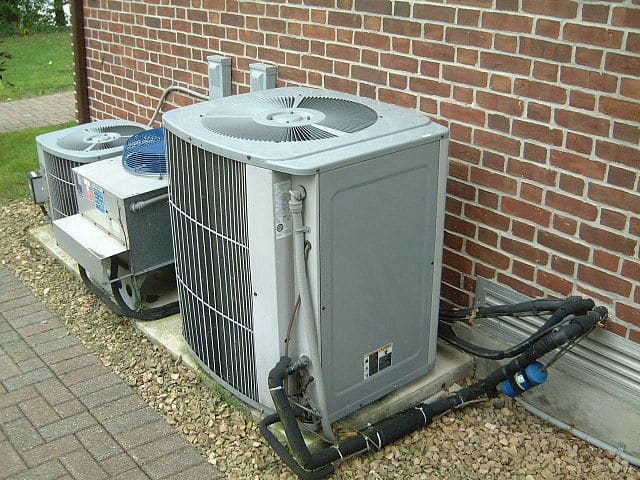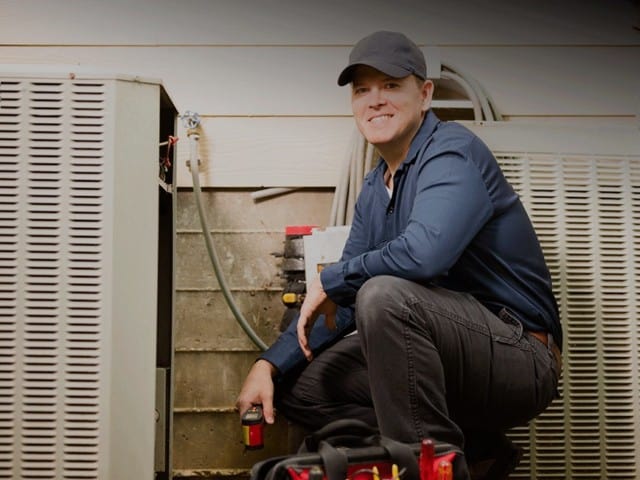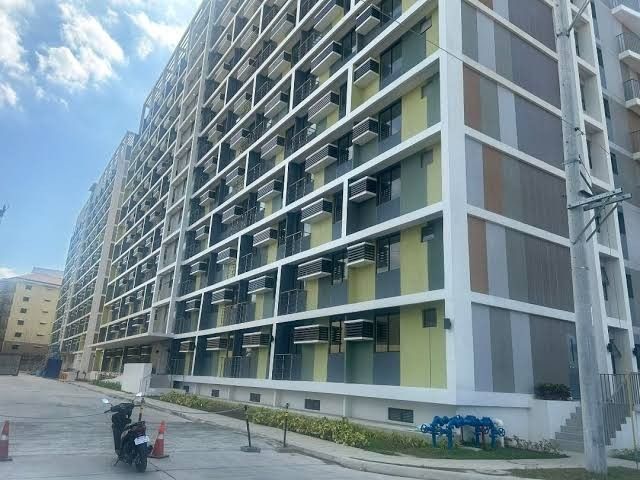When it comes to the efficiency of your air conditioning (AC) system, the often overlooked hero is the ductwork. The ductwork in your home plays a crucial role in maintaining optimal AC performance and, by extension, affecting repair costs. In this comprehensive guide, we will delve into the intricate relationship between ductwork and AC efficiency, exploring how this often-neglected component can significantly impact your cooling experience and your wallet.
Understanding the Basics
Ductwork serves as the circulatory system of your AC unit, distributing cooled air throughout your home. However, several factors can influence its efficiency, and understanding these elements is paramount for homeowners looking to maximize their AC performance while minimizing repair expenses.
1. Proper Installation Matters
The initial installation of ductwork sets the foundation for its performance. Poorly designed or improperly installed ducts can result in air leaks, reducing the overall efficiency of your AC system. Sealing gaps and ensuring a well-thought-out design during installation can prevent energy wastage and the subsequent strain on your AC unit.
2. Regular Maintenance: The Key to Longevity
Ductwork requires regular maintenance to function optimally. Over time, dust, debris, and even mold can accumulate, obstructing airflow and diminishing efficiency. Regular inspections and cleaning can not only enhance the efficiency of your AC system but also extend the lifespan of your ductwork.
The Impact on AC Efficiency
Efficient ductwork contributes to an AC system’s ability to cool your home effectively and evenly. When ducts are compromised, whether due to leaks, blockages, or poor insulation, the consequences can be felt both in comfort and energy bills.
1. Energy Efficiency Takes a Hit
Leaky ducts allow cooled air to escape before it reaches its intended destination. This results in your AC system working harder and longer to maintain the desired temperature, leading to increased energy consumption. By addressing ductwork issues, you not only enhance comfort but also make a significant dent in your energy bills.
2. Uneven Cooling: A Common Symptom
Damaged or poorly designed ductwork can lead to uneven cooling throughout your home. Certain rooms may feel warmer than others, creating discomfort for occupants. This imbalance often prompts homeowners to lower the thermostat, exacerbating the strain on the AC system and escalating repair costs in the long run.

Repair Costs: The Hidden Toll
While many homeowners focus on the visible components of their AC system when considering repair costs, the state of the ductwork should not be underestimated.
1. Detecting and Repairing Leaks
Leaks in ductwork are often challenging to detect, as they may be hidden within walls or ceilings. However, ignoring these leaks can result in significant energy wastage and escalating repair costs. Regular inspections by hvac contractors can identify and address these issues before they become major problems.
2. Improving Insulation
Inadequate insulation in ductwork can lead to temperature loss during transit. This not only affects the efficiency of your AC system but also increases wear and tear on the unit. Upgrading insulation can be a preventive measure that pays off in terms of reduced repair costs and prolonged equipment life.
Conclusion
In the realm of AC efficiency and repair costs, the role of ductwork is undeniable. Homeowners keen on optimizing their cooling experience and minimizing expenses should pay close attention to the installation, maintenance, and condition of their ductwork. The hidden factors that influence AC efficiency and repair costs are, more often than not, concealed within the ducts. By addressing these factors proactively, you not only enhance the performance of your AC system but also ensure long-term cost savings.





